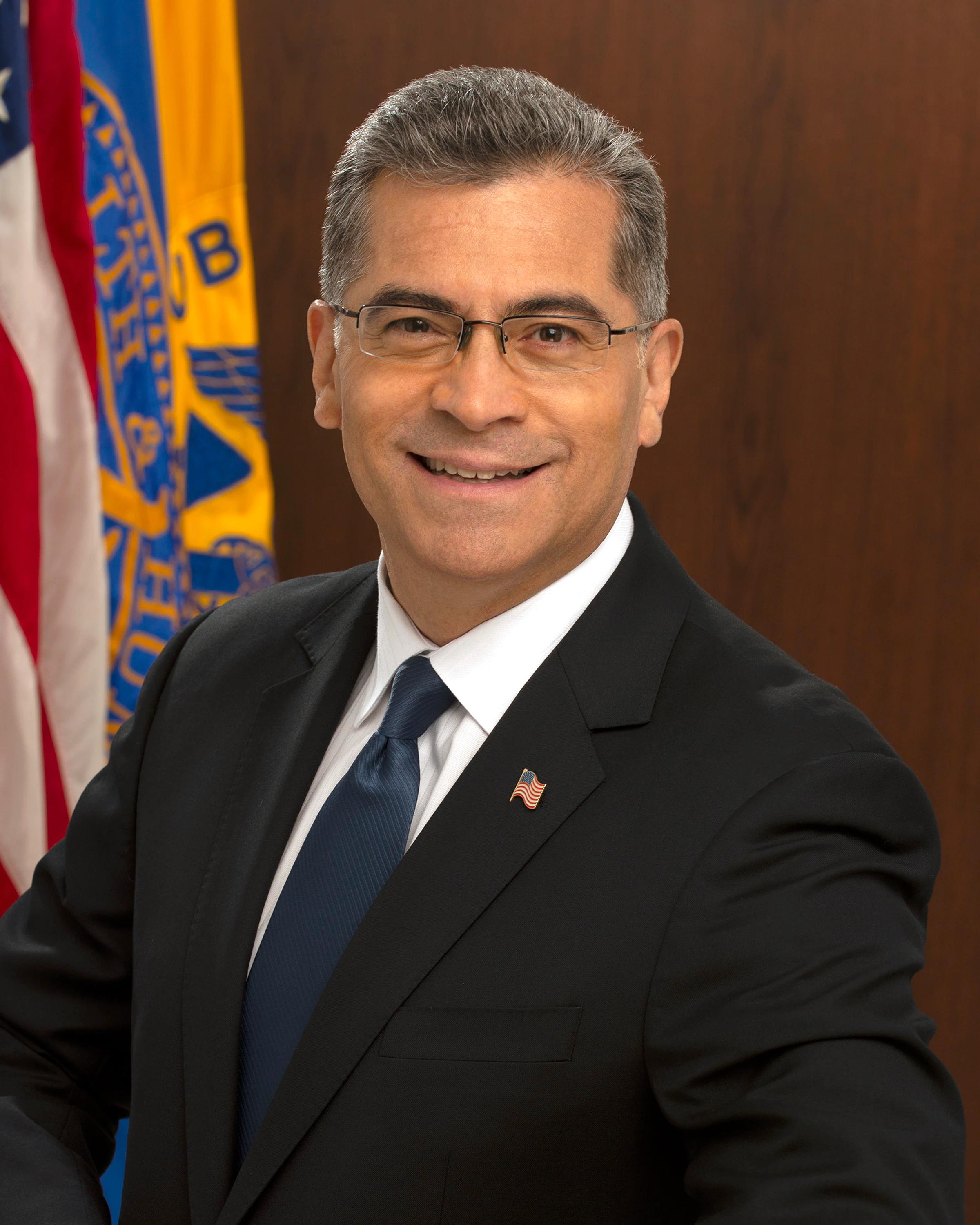CMS Begins Medicare Drug Price Negotiations
New research finds that in 2022, U.S. prices across all drugs were almost three times higher than in other countries.
Beginning today, CMS begins the process of negotiating with the manufacturers of the first 10 drugs (list below) selected for negotiation under the Inflation Reduction Act (IRA) of 2022. CMS is sending proposals to manufacturers and plans to meet with companies up to three times during the spring and summer of 2024. New prices will take effect Jan. 1, 2026.
Xavier Becerra

Department of Health and Human Services (HHS) Secretary Xavier Becerra said in a press release that he is confident that this process will lead to lower prices, although critics are concerned about the long-term impact of drug price negotiation on innovation and whether patients will benefit.
HHS officials said the Medicare price negotiations are important because the United States continues to pay the highest prices for prescription drugs. A new report issued by Office of the Assistant Secretary for Planning and Evaluation (ASPE), which is part of the HHS, found that in 2022, U.S. prices across all drugs (brands and generics) were almost three times higher than in other countries. ASPE contracted with RAND Health Care to analyze IQVIA data on prescription drug prices in 33 Organization for Economic Cooperation and Development (OECD) countries.
They found that for every dollar paid in other countries for drugs, consumers in the United States pay $2.78. For brand drugs, U.S. prices were 422% higher than in other countries; when U.S. prices were adjusted for rebates, prices were still 322% higher than other countries.
But generic drugs in the United States are lower than in other countries, the study found. For every dollar the other countries spent, the United States paid 67 cents. Unbranded generics made up 90% of U.S. prescription volume, compared with 41% in the other countries.
Even U.S. prices for biosimilars are higher in the United States than in other countries. Biosimilars in the United States have a price that is 216% higher; prices of reference products are 260% higher in the United States.
The Congressional Budget Office last year estimated that price negotiation will lower average drug prices in Medicare and will reduce the budget deficit by $25 billion in 2031, including lowering Part D spending by $14 billion and Part B spending by $9 billion. Other federal spending will be lowered by $1 billion.
In 2022, about 7.7 million Medicare enrollees used one or more of the 10 drugs selected, which represents about 15% of all Medicare Part D enrollees, according to a separate research report from the ASPE. Spending on these 10 drugs grew more than three times as fast as the rate of growth in total spending on all Part D drugs.
The public supports allowing Medicare to negotiate drug prices, including majorities of Democrats and Republicans, although many people are not familiar with the IRA or its requirement to negotiate drug prices, according to KFF polling.
The IRA also will require all Part D plans to provide coverage for all drugs and all dosage forms when the negotiated prices are in effect beginning in 2026. The share of Part D enrollees with coverage for the 10 drugs ranges from less than 60% for Fiasp/NovoLog and 66% for Stelara to 100% for Eliquis, Entresto, Imbruvica, Jardiance, and Xarelto, according to a September 2023 analysis from KFF.
Plans are also required to provide a rationale for non-preferred formulary placement for the 10 drugs. Placing drugs with negotiated prices on preferred tiers is expected to lower out-of-pocket costs because those prices are often the basis of copayments. According to KFF, the rheumatoid arthritis drug Enbrel, the cancer drug Imbruvica, and the psoriasis drug Stelara are placed on the specialty tier many Part D plans, with coinsurance of 30% to 33%, and many insurers place restrictions such as step therapy, quantity limits and prior authorization.
First 10 Drugs Chosen for CMS Medicare Part D Negotiation
- Eliquis (apixaban), which prevents blood clots and stroke
- Jardiance (empagliflozin), which treats diabetes, heart failure and chronic kidney disease
- Xarelto (rivaroxaban), which prevents blood clots and stroke
- Januvia (sitagliptin), which treats diabetes
- Farxiga (dapagliflozin), which treats diabetes, heart failure, chronic kidney disease
- Entresto (sacubitril/valsartan), which treats heart failure
- Enbrel (etanercept), which treats rheumatoid arthritis, psoriatic arthritis, plaque psoriasis, ankylosing spondylitis
- Imbruvica (ibrutinib), which treats chronic lymphocytic leukemia/small lymphocytic lymphoma
- Stelara (ustekinumab), which treats Crohn’s disease, plaque psoriasis, psoriatic arthritis
- Fiasp; Fiasp FlexTouch; Fiasp PenFill; NovoLog; NovoLog FlexPen; NovoLog PenFill (insulin aspart), which treat diabetes
Conversations With Perry and Friends
April 14th 2025Perry Cohen, Pharm.D., a longtime member of the Managed Healthcare Executive editorial advisory board, is host of the Conversations with Perry and Friends podcast. His guest this episode is John Baackes, the former CEO of L.A. Care Health Plan.
Listen
Medicaid Work Requirements Could Lead to Major Coverage Losses Across Expansion States in the U.S.
April 15th 2025The analysis from the Urban Institute breaks down projected coverage losses across the 40 Medicaid expansion states, where researchers based their estimates on previous work requirement rollouts in Arkansas and New Hampshire.
Read More
Breaking Down Health Plans, HSAs, AI With Paul Fronstin of EBRI
November 19th 2024Featured in this latest episode of Tuning In to the C-Suite podcast is Paul Fronstin, director of health benefits research at EBRI, who shed light on the evolving landscape of health benefits with editors of Managed Healthcare Executive.
Listen
Analysis Finds Brukinsa May Provide Costs Savings Over Imbruvica in CLL
April 14th 2025In a statistical analysis, Brukinsa resulted in fewer cases of disease progression or death and resulted in lower overall healthcare costs than Imbruvica in patients with chronic lymphocytic leukemia.
Read More